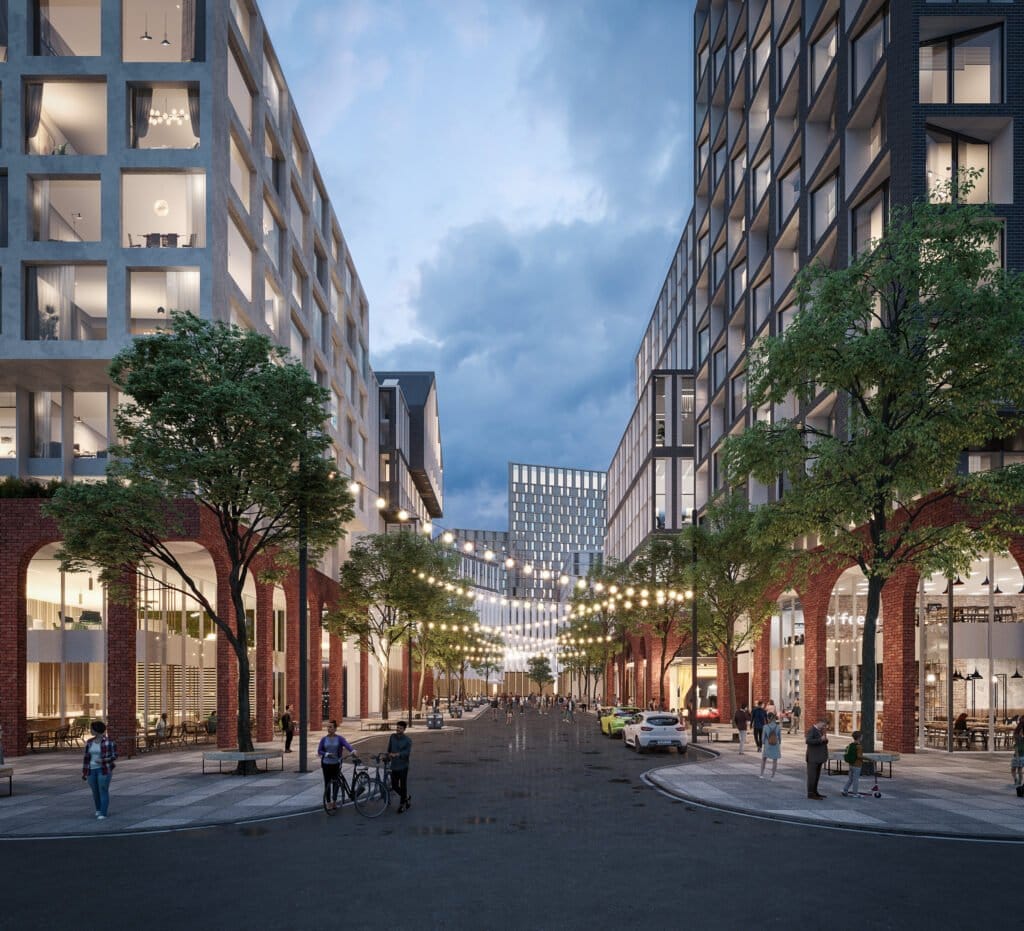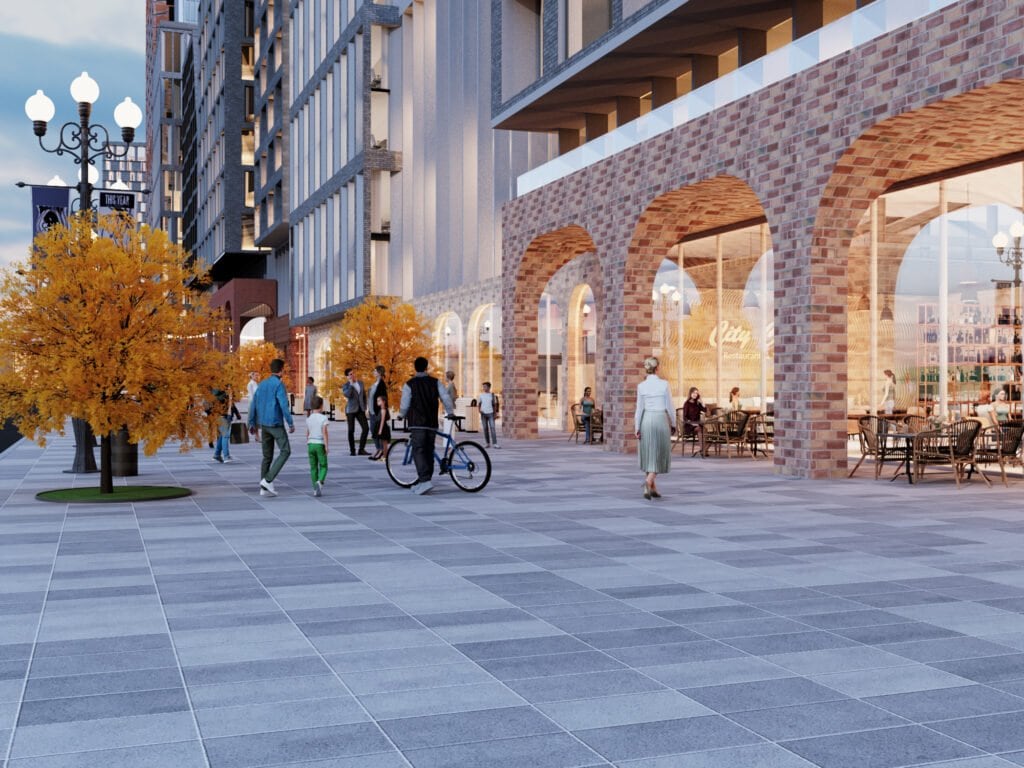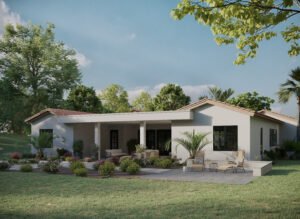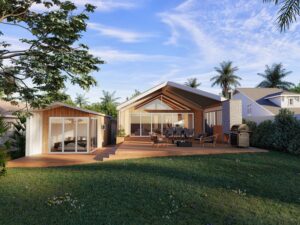Enhancing Architectural Visualization With
Real-Life EffectsIntroduction
In the ever-evolving world of architectural design, the ability to bring visions to life is paramount.
This is where the role of architectural visualization, infused with real-life effects, becomes indispensable. By integrating realistic lighting, textures, and environmental factors, we can create visual experiences that not only inform but also deeply resonate with clients and stakeholders.

The Importance of Realism in Architectural Visualization
Realism in architectural visualization goes beyond mere aesthetic appeal; it’s about creating a connection between the viewer and the proposed design. Here’s why realism is so crucial:
-
Enhanced Communication :
Detailed renderings convey design intent more effectively than words ever could.
-
Emotional Engagement:
Real-life effects evoke emotions, making the design more relatable and impactful.
-
Informed Decision-Making:
Clients gain a clear understanding of the project, leading to more informed choices.
Advancements in Lighting and Texture
The journey towards photorealism hinges on two pivotal aspects: lighting and texture.
- Lighting: Modern software mimics real-world lighting conditions, creating atmospheres that range from warm and inviting to stark and modern.
- Texture: Advances in textural rendering bring materials to life, from the roughness of exposed brick to the smoothness of glass.

Real-World Applications of Enhanced Visualization
Incorporating these real-life effects has tangible benefits in various projects:
- Residential Developments: The play of light and shadow can define the ambiance of living spaces, influencing buyer decisions.
- Commercial Buildings: Material textures can reflect a brand’s ethos, making a statement before a single word is spoken.

Impact on Client Perception and Decision-Making
Real-life effects in architectural renderings significantly influence client perception and decision-making:
- Visual Clarity: Clients can visualize the final product with greater clarity, reducing uncertainties.
- Emotional Connection: By experiencing a space before it’s built, clients form an emotional bond, often leading to quicker approvals.

Conclusion: The Future of Architectural Visualization
The future of architectural visualization lies in its ability to blend art with technology, creating renderings that are not just visually stunning but emotionally engaging. At 3D Praxis Studio, we are at the forefront of this revolution, ensuring that every rendering we create is a window into a future full of possibilities.





